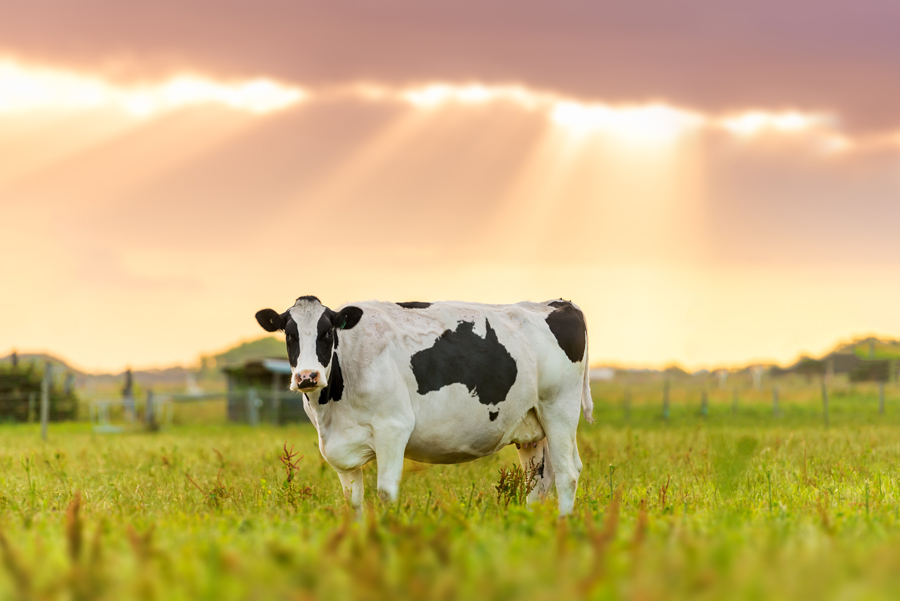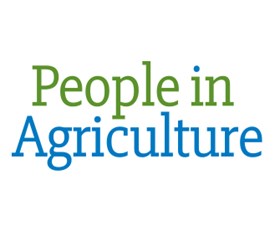Agriculture responsible for half of greenhouse emissions by 2050
2/5/2017
Doubling Australian agriculture production by 2050 then the greenhouse gas emissions attributable to agriculture becomes about a quarter of all emissions – about 28% If the energy sector’s emissions are halved to 30% and agriculture production is doubled, suddenly agriculture’s share of greenhouse gas emissions has jumped to half.
By 2050 the agriculture industry is set to equal power generation in terms of greenhouse gas production. It will be responsible for the majority of the methane and nitrous oxide and will be under increased social pressure to clean up it's processes in the wake of climate change.Increased carbon in the atmosphere and reduced nitrogen uptake efficiency will also be a factor that growers need to tackle. These challenges represent the balance that science will face in a future where the nutritional value and the social and environmental impact of agriculture will be under the microscope.
According to agricultural scientist Professor EWR ‘Snow’ Barlow, foundation professor of Horticulture and Viticulture at the University of Melbourne, in presenting the key challenges associated with increasing production while reducing emissions. His research focuses on physiological responses of plants to environmental stress, including climate change, and he is a member of several government and agriculture industry climate variability assessment advisory groups.
This month Professor Barlow presented the Hector and Andrew Stewart Memorial Lecture to a full house at The University of Western Australia (UWA) on agricultural challenges of climate change.
Current levels of research showed climate change impacts on agriculture were sometimes inconsistent and not uniform, so much more detailed work is required through collaboration between farm sector, agribusiness and universities, he said.
“no matter how good the science is, you won’t get anywhere if you don’t have the industry on side and engaged in what you want to do”.
“There are some underlying fundamental scientific challenges in climate change that I don’t believe we are really engaging in as yet, and these will have a longer time frame to solve and therefore you have got to be underway earlier and you have got to be funded earlier,” he said.
Australia’s greenhouse gas emissions profile was “not dissimilar” to the global situation with power stations and power generation responsible for 59.8pc of greenhouse gases, transport 17.7pc, agriculture 13.8pc and industry 6.2pc.
“Fundamentally, what the future of Australia and New Zealand’s greenhouse gases comes down to is energy and agriculture,” Professor Barlow said, pointing to targets of 50pc reduced greenhouse gas emissions by 2050.
“Where’s that (reduction) going to come from?
“Primarily decarbonising of the energy sector through renewables – that’s the only place, outside of agriculture of course, that it can come from.”
Professor Barlow said at the same time State departments of agriculture had objectives to double agriculture output and, while they might not meet their objectives, they could go close.
“But if you did that, doubled our agriculture production and everything else stays the same, then the greenhouse gas emissions attributable to agriculture becomes about a quarter of all emissions – about 28pc rather than about 14pc.
“If the energy sector’s emissions are halved to 30pc and agriculture production is doubled, suddenly agriculture’s share of greenhouse gas emissions has jumped to half.
“Is other industry, like mining, going to be happy decarbonising when agriculture doesn’t?
“There will be pressure from other industries, and there will be pressure from the electorate in general, for agriculture to explain how it is going to decrease its emissions."
“Our current Prime Minister (Malcolm Turnbull) was the champion of a thing called the Carbon Pollution Reduction Scheme in 2007 which was (then Prime Minister) John Howard’s proposal to do something about climate change – it was an emissions reduction scheme."
“In that scheme agriculture was included, it was actually signalled to become part of this Carbon Pollution Reduction Scheme by 2015."
“When we start to look at global challenges one of them is agriculture needs to address some of the fundamental science underneath it that results in these greenhouse gas emissions,” Professor Barlow said.
Nitrous oxide and methane were agriculture’s main contribution to greenhouse gases and “on most occasions” addressing them was a “win-win situation”, he said.
“If you decrease greenhouse gas emissions you’ll probably see either an increase in productivity or a decrease in costs because you’ll invest less money in fertiliser, or see greater animal growth.”
Professor Barlow said significantly increased nitrogen fertiliser use by Australian farmers since 1960 – based on application rates they are now one of the world’s highest users – was behind agriculture’s nitrous oxide emissions.
He said apart from adding to greenhouse gases, nitrogen also had “off-site” consequences.
It could transform into ammonia, evident in depositions around intensive animal feed lots, or excessive use could lead to water pollution and green lakes and waterways.
Adding to the problem was evidence nitrogen fertiliser was diminishing in efficiency with higher application rates required to maintain response.
Professor Barlow said there was early evidence from Victorian tests of reduced nitrogen content in cereal crops and rice grown in an elevated carbon dioxide environment, which had implications for plant protein levels.
“What we think the plant is doing is taking up less nitrogen because it can use its machinery more efficiently (in an elevated carbon dioxide environment) and therefore doesn’t have as much RuBisCo (an enzyme that helps combine carbon dioxide with sugar during photosynthesis and makes up about half of the protein in a leaf),” he said.
“Nitrogen is so vital because it is a major component of chlorophyll, the compound by which plants use sunlight energy to produce sugars from water and carbon dioxide.
“It is also a major component of amino acids, the building blocks of proteins.”
Early research had shown a 10-15pc reduced nitrogen uptake in wheat and rice grown in elevated carbon dioxide levels, but legumes like field peas and soybeans, as well as maize, showed no change, he said.
“The world’s cereals provide probably half the protein our global population eats.
“If you decrease the amount of protein in cereals you decrease the diet of a lot of people.”
Professor Barlow said apart from nutritional changes with higher carbon dioxide levels, tests had also indicated changes to the baking quality of some wheat varieties, but not all varieties had been tested and results were not conclusive.
There was also evidence from United States of America sampling of forage crops over the past 20 years that plant zinc and iron levels also decreased with higher carbon dioxide.
Elevated carbon dioxide levels was an established consequence of climate change, he said, with atmospheric carbon dioxide increasing from just over 300 parts per million (PPM) in the 1950s to 400ppm now and projected to reach 550ppm by 2050.
The broad impact of elevated carbon dioxide levels had long been known with horticulture enriching carbon dioxide in commercial greenhouses to promote growth, but much more detailed research on its impact on nutrition, quality and genetic variability was required, Professor Barlow said.
“It is one of the most fundamental things in plant sciences, how we understand the response of plants to elevated carbon dioxide and because of its implications for quality and growth, I think we’ve got to do a lot more work on that.”





